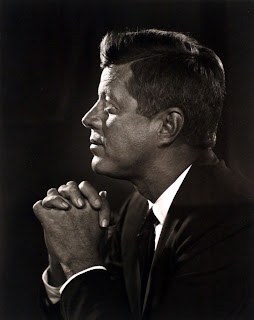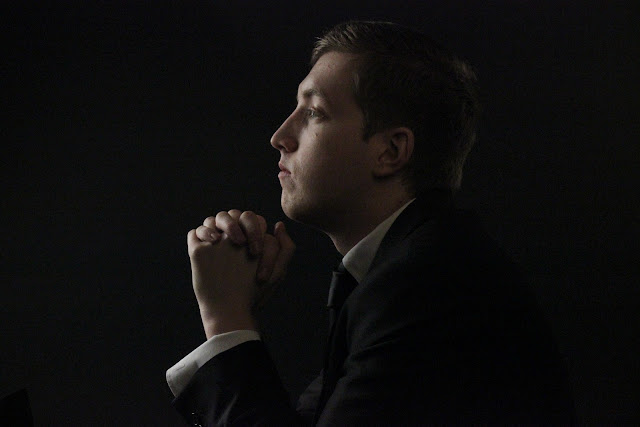"BBC Cover: BBC Big 100 Read
Produce a cover for one of the top 100 BBC big read books typography and how it is integrated with the image should be explored."
I really like this brief's title, it seems very different and interesting and I look forward to doing it. One problem I do have though is the fact that I haven't read many books over the years, and not many of the ones I read are avtually on the Big Read. I am fairly familiar with the children's books shown on the big read such as : Alice in Wonderland, Treasure Island, Matilda and other Roald Dahl books.
The BFG.
Out of all of the books I have decided to look at The BFG, a very familiar Roald Dahl book that I know very well.
I also own the book, so I have decided to take phrases and words out of the book which I might find useful.
- The Witching Hour
- The Cave
- The Marvellous Ears
- Black Cloak, Large Suitcase
- Frobscottle and Whizzpoppers
Frobscottle is one that stands out to me. I always remember pretending to drink Frobscottle when I was younger, so I am very drawn to doing something with that.
Research - Brian McArty
One photographer who's work I am interested in looking at for this brief is that of Brian McArty, a toy photographer.
“Memphis-born
toy photographer and director/producer. Working with toys for over 15 years,
McCarty’s unique and innovative vision has attracted a huge international
following. His postmodern integration of concept and character has earned
McCarty’s photography a prominent position in the so-called "Art-Toy"
movement.”
The reason why I have decided to use Brian's work is because the way he uses small objects and makes them appear very large, which I think I'll find useful in my final image because of the size of the BFG.





























